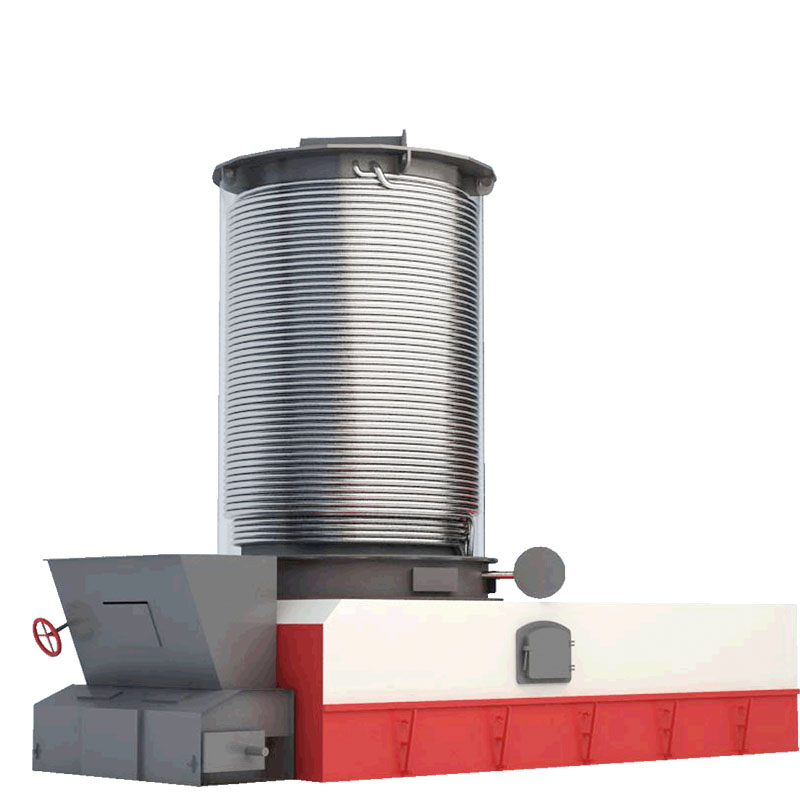skid type steam boiler product
Understanding Skid Type Steam Boilers A Comprehensive Overview
In industrial applications, the generation of steam is a critical process serving various functions such as heating, manufacturing, and powering machinery. Among the diverse types of steam boilers, skid type steam boilers have gained significant recognition due to their efficiency, compact design, and ease of installation. This article provides a comprehensive overview of skid type steam boilers, exploring their features, advantages, applications, and maintenance considerations.
What is a Skid Type Steam Boiler?
A skid type steam boiler is a pre-engineered, factory-assembled unit that includes all necessary components mounted on a robust framework or skid. This design facilitates easy transport, quick installation, and minimizes the need for extensive on-site assembly. Skid type steam boilers are often designed to meet various industrial specifications and can be tailored to operate using different fuel sources, including natural gas, diesel, or biomass.
Key Features of Skid Type Steam Boilers
1. Compact Design Skid type boilers have a smaller footprint compared to traditional boiler setups. This compactness makes them ideal for facilities with limited space or where new installations need to replace older, bulkier models.
2. Integrated Components These boilers typically come equipped with essential components such as pumps, valves, controls, and safety features, all integrated within the skid. This leads to a simplified installation process and reduces the time required to set up the equipment.
3. Mobility The skid-mounted design allows for easy relocation if necessary. This is particularly beneficial in industries where operational needs can shift, requiring the boiler to be moved to different locations.
4. Efficiency and Performance Skid type steam boilers are engineered to operate efficiently, often employing advanced combustion technologies and insulation techniques that enhance heat recovery and minimize energy loss.
5. Customizability Manufacturers often offer customization options to suit specific industrial requirements. This could include modifications in size, capacity, and the type of fuel used, ensuring that businesses can implement solutions tailored to their operational needs.
Advantages of Skid Type Steam Boilers
1. Reduced Installation Time Since skid type steam boilers come pre-assembled, they can be installed much faster than traditional boilers. This rapid deployment can significantly reduce downtime during the transition to a new system.
skid type steam boiler product

2. Lower Capital Investment The integrated design not only saves space but also reduces the need for additional infrastructure investment. Companies can avoid extra costs related to piping, pumps, and other ancillary equipment.
3. Operational Versatility These boilers can serve multiple purposes across industries, from food processing and pharmaceuticals to textile manufacturing and power generation.
4. Compliance with Regulations Many skid type steam boilers are designed to comply with various industry standards and regulations. This ensures that businesses meet environmental requirements and safety codes, simplifying the compliance process.
5. Ease of Maintenance The compact and integrated nature of skid type boilers often leads to easier access for maintenance and repairs, enabling efficient upkeep and minimizing downtime.
Applications of Skid Type Steam Boilers
Skid type steam boilers find applications in various industries
- Food and Beverage For heating processes, sterilization, and cooking. - Pharmaceuticals In sterilization and production processes that require high purity and precise temperature control. - Textiles Steam is essential in processes such as dyeing and finishing. - Oil and Gas For steam-assisted recovery techniques and in refinery operations.
Maintenance Considerations
Regular maintenance is crucial for the optimal performance of skid type steam boilers. Operators should establish a maintenance schedule that includes routine checks of pressure levels, water quality, and component functionality. Additionally, it is important to keep records of maintenance activities to comply with regulatory requirements and ensure operational efficiency.
Conclusion
Skid type steam boilers represent a modern and efficient solution for steam generation needs in various industrial applications. Their compact design, ease of installation, and operational versatility make them an appealing choice for businesses looking to streamline their processes and enhance productivity. As industries continue to evolve, skid type steam boilers are likely to play a vital role in meeting the ever-growing demand for efficient and reliable steam solutions.
-
Industrial Steam Boiler Corporation - Reliable Industrial Boiler Manufacturer & SupplierNewsJul.08,2025
-
High-Efficiency Steam Boiler Heat Exchanger Supplier & Factory Durable Products for IndustryNewsJul.08,2025
-
Premium Electric Steam Boiler Manufacturer Reliable Company & Factory SolutionsNewsJul.08,2025
-
Commercial Hot Water Boiler - Reliable Supplier & Factory Direct Price for Efficient Heating SolutionsNewsJul.07,2025
-
Top Hot Oil Boiler Manufacturer - Reliable Thermal Oil & Coal Fired Boiler Manufacturer ManufacturerNewsJul.07,2025
-
High-Efficiency Hotel Hot Water Boiler – Leading Exporters & Quotes for HotelsNewsJul.07,2025

